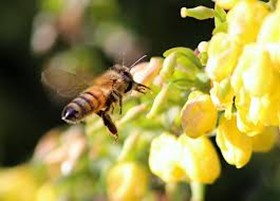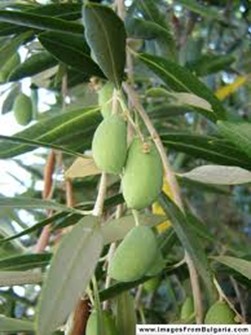
Let’s look forward to a time when honeybees – our little friends who pollinate so many of our food crops – are no longer dying en masse in Colony Collapse Disorder (when bees die off or simply leave the hive and never come back). Katherine Harmon of the Scientific American points out that a third of US honeybee colonies have died since 2006. Since I last wrote about bees almost a year ago, the pesticide imidacloprid, which is a neonicotinoid, was shown by separate studies in three countries to be a major cause. Go here for a nice summary of these studies.
What you can do:
- Choose organic food early and often, supporting farmers who work to grow food naturally and to support their ecosystems.
- Tend your yard and garden without chemicals. One way to do this is by “companion planting” – putting certain plants next to each other for mutual benefit. For instance, chives repel aphids, while peppermint repels cabbage moths and squash bugs.
- Host your own beehive! Even if you have a small yard or none at all, bees can fly some distance to find the flowers and pollen they need. There are many beekeeping organizations to turn to for practical advice.
The web of life – wherein we all live and depend on each other – is perfectly illustrated by our dependence on bees and the danger we cause ourselves when we contribute to their disappearance. Make 2013 the year that you make food choices to support their lives and ours.


